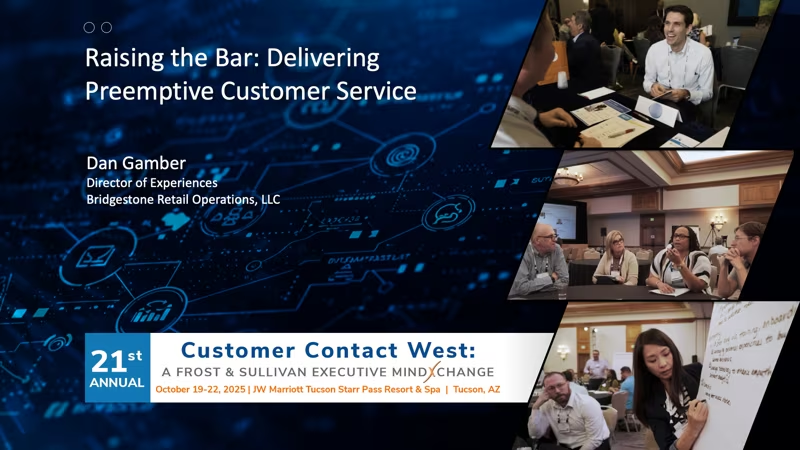Agents are the front lines in handling customer emotions. Often, when customers call, they have already exhausted poorly designed self-service options and are frustrated by the time the agent takes the call. The COVID-19 pandemic accelerated the need for work-at-home agent (WAHA) models and self-service to assist with rising call volumes. As a result, companies are rethinking the balance of self-service and live agents. However, companies are not seeing how crucial employees are to CX. Employee retention is still a low priority across industries.
Contact centers faced unprecedented obstacles last year. With remote work, peer support was lost, and remote training proved difficult without the right technologies and software. Having agents deal with sensitive data when they work from home without implementing security measures to protect customers has been particularly problematic. And creating and managing COVID-10 protocols is challenging for those who are on-site.
GROWTH ENVIRONMENT
Remote Workers are Performing Better
For decades, contact centers weren’t keen on utilizing remote workers due to their inability to monitor the quality of agents’ work and ensure a high level of security to customers. The pandemic forced them to swiftly move agents to work from home and soon found that their staff was more productive. Video conferencing helped level the playing field for all employees. Contact centers report that having remote employees makes it more difficult to stop by and listen to calls in person, coach agents, and keep employees feeling part of a community. Investments in the latest unified communications and video conferencing tools embedded into contact center solutions can make training and collaboration easier.
Attrition may Decline
High agent attrition is an industry-wide problem. WAHA models allow contact center managers to draw from a larger pool of available candidates further away from physical centers, including more highly qualified and motivated individuals or those with a more difficult-to-find skill set, such as being bilingual or those experienced within a specific market.
Remote Requires a Higher Level of Security
Privacy and security are a top priority in customer care but have been scrutinized with the adoption of WAHA models. As such, more stringent security measures are being used to ensure a high level of security in remote environments. However, highly regulated and sensitive information is still handled in offices, requiring COVID-19 protocols to ensure employee safety.
Techniques Used to Humanize Agents
- Throw metrics out of the window. Making key performance metrics meaningful is challenging. Every business is different, company goals are unique, and products and services vary. For some businesses, longer average handling times can be beneficial. For others, moving to self-service is optimal for cost benefits and to improve CX.
- Align all departments. Everyone in the organization should strive for the same goals to help employees feel part of a community and make it safer to collaborate to achieve common objectives.
- Invite and encourage collaboration. Data proves that engaged employees are more likely to stay with the company longer. Purpose-driven professionals are more likely to promote their company and be high performers.
- Be transparent. In times of uncertainty, knowing what’s ahead (good or bad) is essential for employees to feel a sense of stability.
- Be inclusive. Evidence shows that a diverse workforce creates more growth and innovation opportunities.
- Create virtual “coffee breaks” and “water coolers.” Keep company culture alive in a virtual environment. Set a time every week for employees to interact, with a new ice breaker topic/question to get the conversation going. Schedule virtual “coffee breaks” with a few team members at a time. Allow “water cooler” talks by keeping an open chat in collaboration tools.
- Conduct “what’s on your mind” meetings. This is best with smaller groups of agents and leadership to maintain a connection and raise awareness of what customers are saying.
- Marry hearts and minds. Practitioners must leverage emotional intelligence with talent and skill sets to meet various customer needs.
GROWTH OPPORTUNITIES
Consider these common themes as you plan CX investments:
- Rethink agents’ roles by investing in employees from a talent perspective, rather than just their skills, to optimize each employee’s efforts and outcomes.
- Reimagine what it means to support customers and strengthen training quality and CSAT scores by realigning roles and expectations based on what customers want.
- Create an environment where agents can be moved to different functions yet adapt quickly.
- The speed of digital transformation depends on the industry and company culture. Listen to your customers and employees.
- Create a shared purpose and management transparency to empower employees to perform better.
- Conversational AI has helped agents find great value in delivering better customer care.
- Companies that have successfully moved customers to use self-services and still maintain or improve their CSAT scores say that educating them on using the tools effectively has helped.



